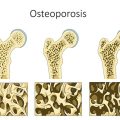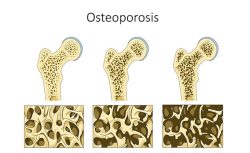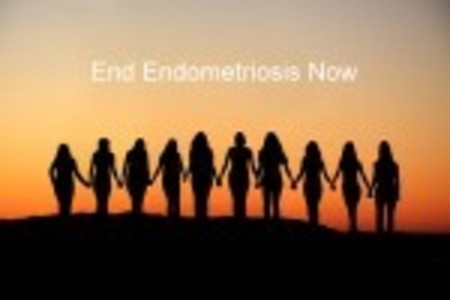I recently had my first pre-operative appointment for the diagnostic laparoscopy I’m having soon. I was nervous, and had a list of questions for my doctor. This was the second gynecologist I’d seen to discuss diagnosing endometriosis; my other doctor is too elderly to operate. She was frank and very straightforward.
“There are two options for diagnosis: a laparoscopy and chemically-induced menopause with Lupron. If we do a laparoscopy and find nothing, we still have other diagnostic options. It’s a good sign that you’re doing better after a brief time on hormone-replacement therapy and then extended-course birth control. If we do find nothing, we’ll try Lupron, which will chemically induce menopause. If Lupron doesn’t work, you don’t have endometriosis, and you’ll be looking at other tests.
We’ll schedule you for one more pre-operative appointment where you can ask all the questions you have and you’ll register with the hospital where the surgery will be performed. You’ll go home the same day, and you should take it easy for three days. In two weeks, you’ll have a follow-up appointment where we’ll go over what we found inside your pelvis and check your surgery sites for infection.
Then, assuming you do have endometriosis, we’re going to evaluate you every six months to a year. You’re going to tell me how much this disease is affecting your quality of life. If the pain and immobility returns within a year and your current treatment options stop working, we’ll try inducing menopause.
Lupron has its risks, but it allows us to achieve valuable steps both in terms of symptoms and diagnosis. You’ll get an injection every three months. When you decide you want to try pregnancy or want to stop the course of treatment, you’ll stop the shots and return to your natural hormone cycle. The effects of this shot are reversible. If you do have endometriosis, Lupron will relieve all your symptoms. We’ll also know for certain that this is endometriosis. If you still experience pelvic pain and cramping while using Lupron, you don’t have endometriosis. The side effects may be intense, but it’s something to consider if you get worse over the next few decades.”
I told her I was worried about the surgery itself. It’s a very common diagnostic procedure; it’s minor surgery and thousands of women undergo it every year. However, a close relative of mine underwent a diagnostic laparoscopy in her early twenties for endometriosis and her doctors decided to give her a hysterectomy. Obviously, her health history was somewhat different and it was medically necessary. Still, it’s hard to sign up for a small procedure if you could wake up without one or both ovaries or all your reproductive organs.
She asked me when this happened. It was the 1970s. She leaned forward and said, “That was a very long time ago, and medicine has come a long way since then. The biggest difference is that there were no female surgeons and very little research on the risks of hysterectomies on very young women. We’re not going to remove any of your organs, no matter how bad the extent of your endometrial implants. You’re much too young, and your imaging shows no tumors or large cysts. There’s no reason to put you through that. You may decide you want to have children later in life, but that’s not the main motivation for keeping your organs. Where do your hormones come from?”
“My ovaries.”
“Yes, and they’re very important to your overall health. You need to keep them. If you were 50 and approaching menopause, we’d be having a different conversation. I want you to write down any questions you may have, but I don’t want you to be concerned with keeping your organs.”
We then went over what a laparoscopy is. I’ll be put under anesthesia and my abdomen will be inflated through my navel. The surgeon will insert an instrument to manipulate my uterus. She will then insert a very small camera through my navel and a cauterizing tool. If she finds evidence of endometriosis, she will use the cauterizing tool to ablate, or burn away, the endometrial tissue. I thought this would take hours. She said it should only take a very short time; the large time frame for the surgery is to regulate my sedation and anesthesia. After the ablation, my abdomen will be deflated and they will move me to recover from the anesthesia. I’ll go home the same day.
In another week, I’ll have one more pre-operative appointment where I can discuss some of the questions raised from responses on this site and register with the hospital where the surgery will be performed. I’m anxious, but I’ve done some research and feel comfortable with my choice of surgeon. With any luck, I’ll have a diagnosis and a treatment plan within another month.
Please note, Lupron can neither diagnose nor confirm endometriosis. Lupron was never approved for such uses. For more information, please click here: Lupron.
Participate in Lupron Research
Hormones MatterTM is conducting research on the side effects and adverse events associated with Lupron. If you have taken Lupron, please take this important survey. The Lupron Side Effects Survey.
To take one of our other Real Women. Real Data.TM surveys, click here.
To sign up for our newsletter and receive weekly updates on the latest research news, click here.























